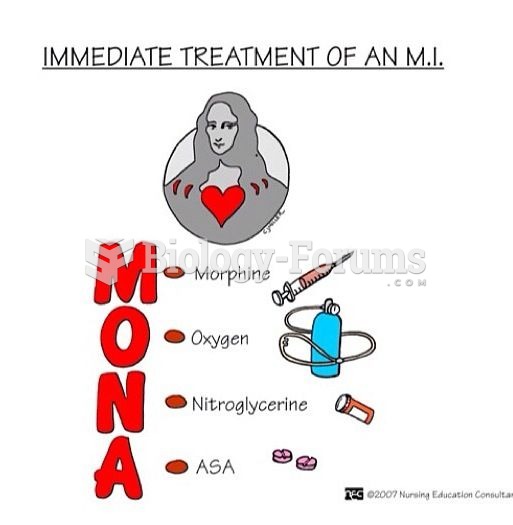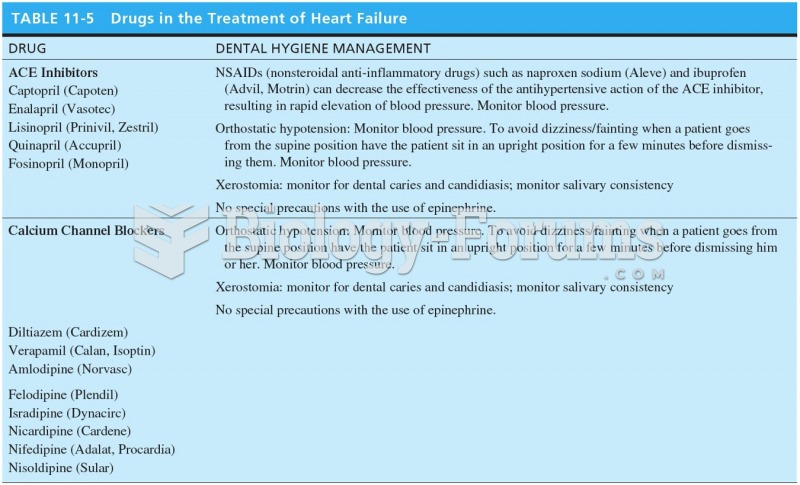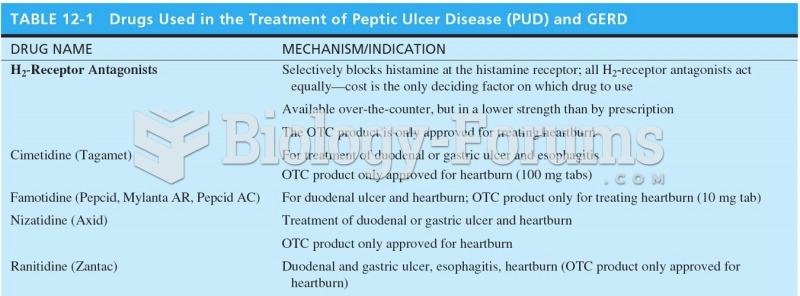Answer to Question 1
2
Rationale 1: Norepinephrine (Levophed) is a vasoconstrictor used for shock.
Rationale 2: Epinephrine (Adrenalin) is used at the first sign of anaphylaxis.
Rationale 3: Dopamine (Dopastat) is inotropic and nonselective adrenergic agonist used for shock.
Rationale 4: Dobutamine (Dobutrex) is a vasoconstrictor that can also be used. Epinephrine is the first-line drug used for anaphylaxis.
Global Rationale: Epinephrine is usedto treat anaphylaxis.
Answer to Question 2
1, 2, 4
Rationale 1: In low doses, dopamine stimulates increased blood flow to the kidneys, and at higher doses, dopamine increases the cardiac output and causes vasoconstrictionall of which make this a valuable drug when treating cardiogenic or hypovolemic shock.
Rationale 2: In low doses, dopamine stimulates increased blood flow to the kidneys, and at higher doses, dopamine increases the cardiac output and causes vasoconstrictionall of which make this a valuable drug when treating cardiogenic or hypovolemic shock.
Rationale 3:Hypotension is incorrect because dopamine raises blood pressure.
Rationale 4:In low doses, dopamine stimulates increased blood flow to the kidneys, and at higher doses, dopamine increases the cardiac output and causes vasoconstrictionall of which make this a valuable drug when treating cardiogenic or hypovolemic shock.
Rationale 5:Dopamine stimulates thebeta1 adrenergic receptors causing an increase in the heart rate, with more force and increasing cardiac output.
Global Rationale: Dopamine is a preferred drug for increasing the cardiac output in acute situations because it has inotropic and vasoconstriction actions.In low doses, dopamine stimulates increased blood flow to the kidneys, and at higher doses, dopamine increases the cardiac output and causes vasoconstrictionall of which make this a valuable drug when treating cardiogenic or hypovolemic shock.







